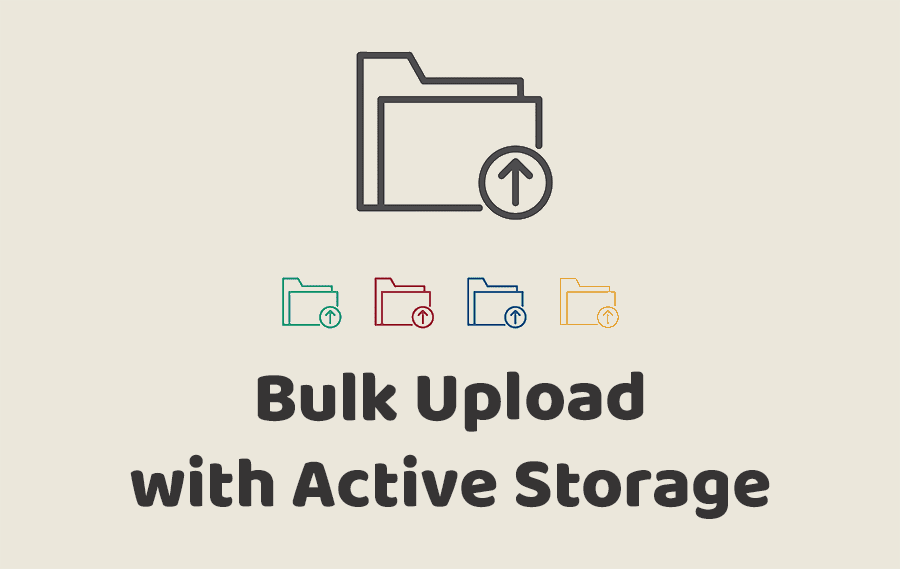
Summary
When multiple files are uploaded with Active Storage, they are typically associated to a single record. In this episode, we take a different approach where each file uploaded should be its own record along with direct uploads.active storage rails uploads 7:00
Pro Monthly
$
19
/mo
Access to Pro Episodes
Invite to Slack Channel
Priority Suggestions
Ad Free
Pro Annual
$
190
/yr
Access to Pro Episodes
Invite to Slack Channel
Priority Suggestions
Ad Free